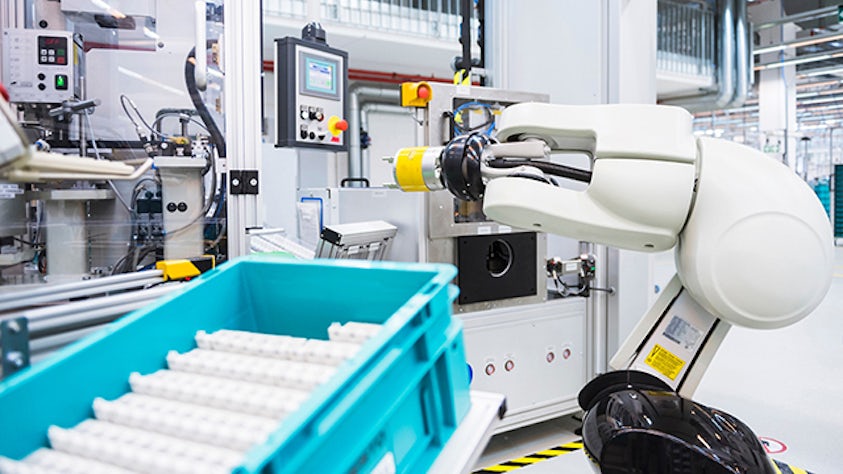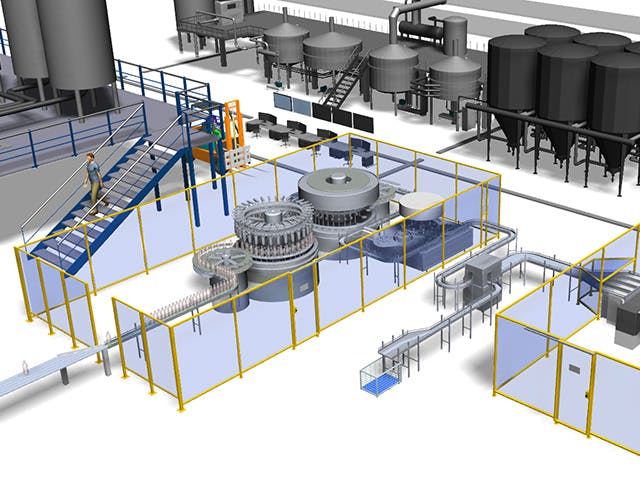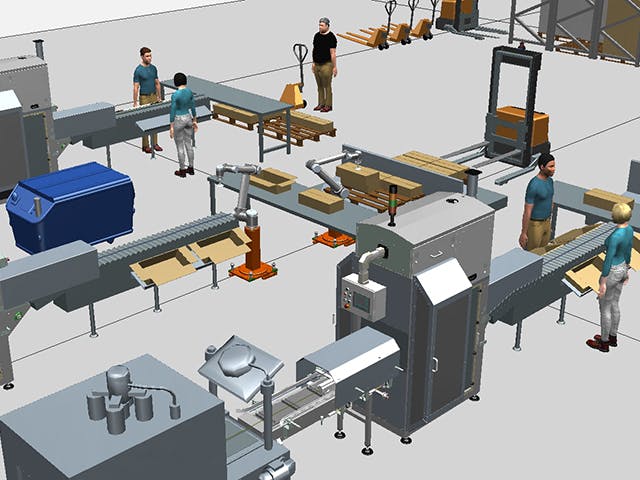Fabryki typu lights-out, a częściej gniazda produkcyjne typu lights-out, są dziś możliwe dzięki rozwojowi i dojrzałości wielu zautomatyzowanych maszyn i robotów oraz kompleksowemu i sprawdzonemu oprogramowaniu do zarządzania operacjami produkcyjnymi (MOM ). Większość zautomatyzowanych systemów może wykonywać zadania bez interwencji człowieka. Oprogramowanie MOM może koordynować w pełni zautomatyzowane procesy produkcyjne. Oprogramowanie to zapewnia również wgląd w autonomiczne procesy produkcyjne. Interesariusze mogą zdalnie nadzorować operacje wyłączania światła i otrzymywać alerty w celu wykonania dodatkowych działań lub interwencji.
Fabryka bezobsługowa jest łatwa do wdrożenia w celu prostej masowej produkcji standardowego produktu według ustalonego harmonogramu. Całkowicie ciemna fabryka staje się trudniejsza (choć nie niemożliwa), ponieważ produkty stają się coraz bardziej złożone, a masowa personalizacja tworzy wiele wariantów produktów. Producenci, którzy doświadczają tych trendów, mogą skorzystać z "rzadkiej ilości światła" hali produkcyjnej, w której produkcja przy wyłączonym oświetleniu jest ograniczona do określonych operacji i obszarów. W ten sposób wielu producentów mogłoby czerpać korzyści z autonomicznej produkcji bez konieczności całkowitego przechodzenia na fabrykę z pełnym oświetleniem.
Powiązane produkty: Opcenter | Tecnomatix





